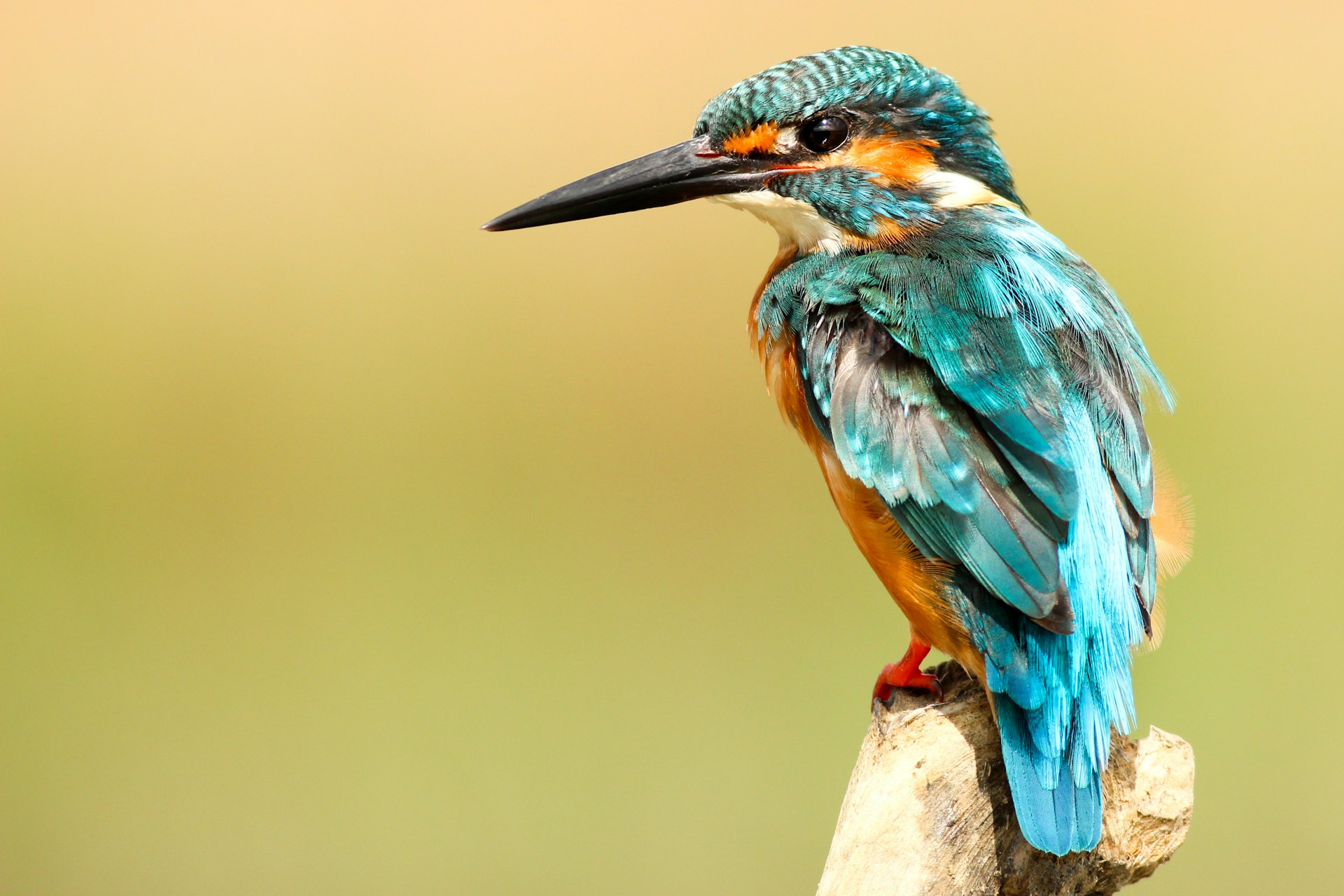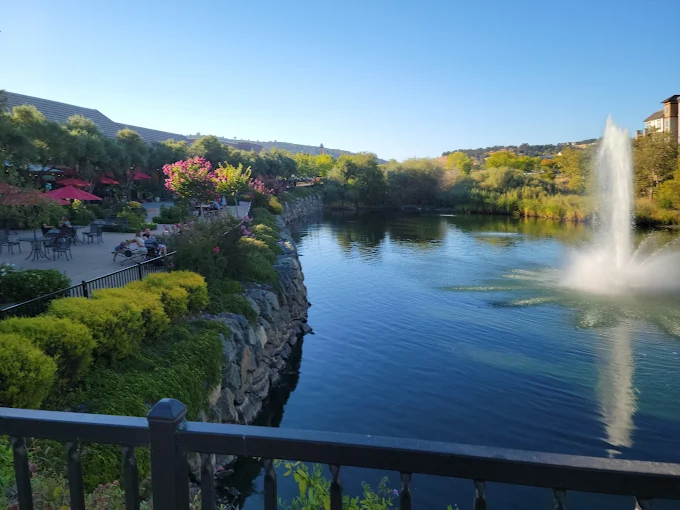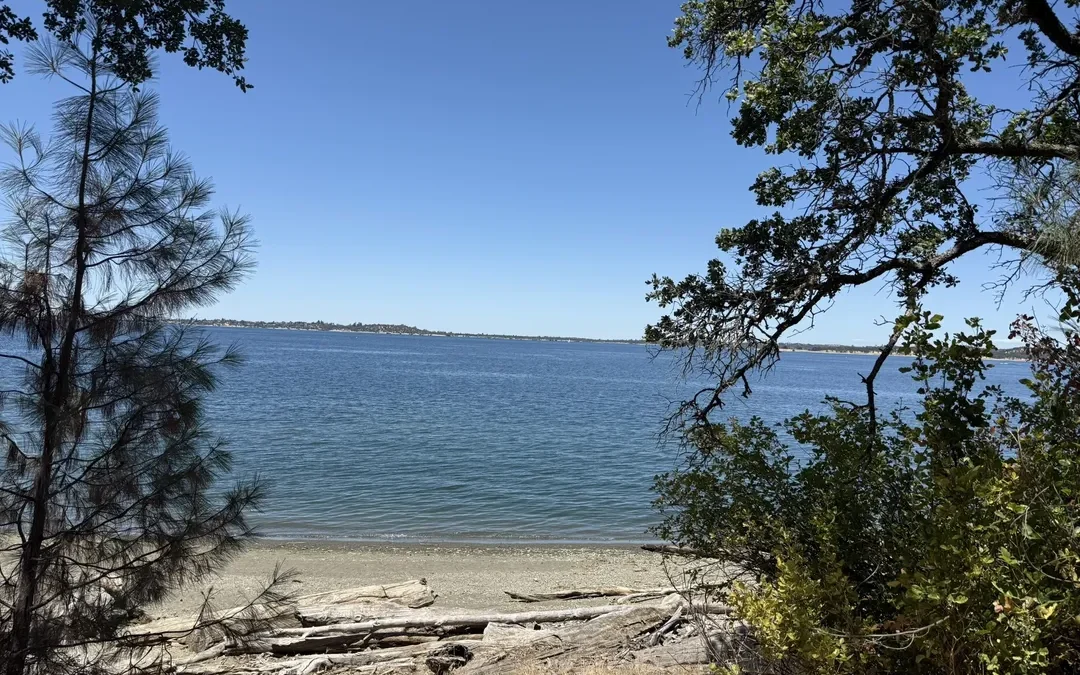The world of birdwatching in El Dorado Hills is a hidden treasure for enthusiasts of all experience levels. This charming California community offers excellent opportunities to observe various bird species. If you’re a local wanting to explore your natural surroundings or a visitor looking to see some of the area’s diverse avian life, this guide will assist you in finding the best locations and seasons for birdwatching in El Dorado Hills.
Top Birdwatching Locations in El Dorado Hills
Folsom Lake State Recreation Area stands out as one of the top birdwatching destinations in El Dorado Hills. This expansive area includes diverse habitats, such as shoreline, oak woodland, and grassland environments, attracting a wide variety of bird species. The Brown’s Ravine and Salmon Falls areas are particularly productive for spotting waterfowl, raptors, and songbirds.
The recreation area features well-maintained trails with several accessible viewing points, making it ideal for birdwatchers of all mobility levels. This location provides the opportunity to observe both aquatic and terrestrial species in a single visit.
The El Dorado Hills Community Park offers a rich birdwatching experience within the community. This 40-acre park features a small lake, wetland areas, and native tree stands that attract numerous bird species year-round. The paved walking paths make this an accessible option for all birdwatchers, and its central location allows for a quick birding session before work or during lunch.
The park’s diversity of microhabitats creates natural boundaries between different bird communities, allowing observers to encounter woodland species, waterfowl, and open-area birds in a compact space. Morning visits typically yield the highest bird activity, though evening hours present excellent opportunities to spot roosting behavior.
New York Creek Nature Trail provides a more secluded birdwatching experience through a beautiful riparian corridor winding through the community. This area features a year-round creek that serves as a vital water source and habitat for many local and migratory bird species. The trail is moderately accessible with some uneven terrain, but the effort is rewarded with great opportunities to observe birds in a natural, less disturbed setting.
The narrow paths bring you close to understory birds that might be missed in more open areas. The dense vegetation along the creek creates an ideal habitat for warblers, thrushes, and other secretive species.
Bass Lake, located just at the edge of El Dorado Hills, is one of the area’s more productive yet less-visited birdwatching locations. This reservoir and the surrounding oak woodland sit at a higher elevation than other local spots, attracting some Sierra foothill species that might be missed elsewhere. Access is available via moderately developed trails from several points, although some sections may be challenging after rain.
Bass Lake is known as a hotspot for migratory birds, especially during spring and fall passages. The lake’s relative quiet increases your chances of spotting shy species that avoid busier areas. Early morning visits during migration seasons can yield impressive species counts, making the extra drive time worthwhile.
Seasonal Bird Species Guide
Spring (March-May) transforms El Dorado Hills into a birdwatcher’s paradise as migratory species return. Western Tanagers bring vivid colors to the oak woodlands, while Black-headed Grosbeaks fill the mornings with their rich songs. Orange-crowned Warblers and Wilson’s Warblers can be found flitting through the understory vegetation along New York Creek.
For optimal viewing, arrive at your chosen location within an hour of sunrise when bird activity peaks. Essential equipment for spring birding includes lightweight binoculars (8×42 magnification works well), a field guide specific to Western birds, and lightweight, waterproof footwear to handle morning dew and occasional spring showers.
Summer (June-August) in El Dorado Hills allows for great opportunities to observe nesting behaviors. Look for Western Bluebirds and Tree Swallows utilizing nest boxes throughout community parks, while Bullock’s Orioles create their distinctive hanging nests in the canopies of taller trees near water sources. Acorn Woodpeckers become particularly active around their granary trees, storing acorns for winter. Mid-morning birding can be productive during summer, though earlier is always better to avoid the heat.
Summer essentials include sun protection (hat, sunscreen, and lightweight long sleeves), extra water, and perhaps a camera with a zoom lens to document nesting behaviors from a respectful distance. Consider bringing a small notebook to record behaviors that might help contribute to community science projects.
Fall (September-November) sees the return of migratory waterfowl to Folsom Lake and smaller bodies of water throughout El Dorado Hills. Watch for Bufflehead, Common Goldeneye, and Hooded Mergansers starting to appear on local waters. The oak woodlands fill with mixed foraging flocks that often include Ruby-crowned Kinglets, Yellow-rumped Warblers, and various sparrow species moving southward. Folsom Lake’s water levels are typically lower during fall, creating expanded shoreline habitat, attracting shorebirds not seen at other times.
Birding can be productive throughout the day in fall’s milder temperatures, though morning still offers the highest activity levels. A spotting scope becomes particularly useful during this season for observing distant waterfowl and shorebirds, while a field guide that includes migratory timing can help identify birds that might be passing through only briefly.
Winter (December-February) offers reliable birdwatching in El Dorado Hills, with established seasonal residents and fewer overall species to learn. The region’s mild winters attract impressive numbers of sparrows, including Golden-crowned, White-crowned, Fox, and Lincoln’s Sparrows found in brushy areas and field edges. Red-breasted Sapsuckers become more visible as they drill characteristic holes in trees, while Cooper’s and Sharp-shinned Hawks patrol neighborhoods for songbirds at feeders.
Birding can be productive any time during winter days, making this season particularly accommodating for casual birdwatchers. Essential winter equipment includes layered clothing that can be adjusted throughout the day as temperatures change, binoculars with good low-light performance for overcast days, and perhaps a thermos of hot coffee or tea. Many experienced birders keep a seasonal checklist to track which winter residents have arrived and monitor population trends from year to year.
No matter if you’re a dedicated birder with years of experience or a curious nature lover just getting started, El Dorado Hills offers accessible and rewarding birdwatching opportunities throughout the year. The area’s diverse habitats and strategic location along migration routes ensure there’s always something interesting to observe. So grab your binoculars, dust off your field guide and explore the rich avian diversity right in your community backyard!






